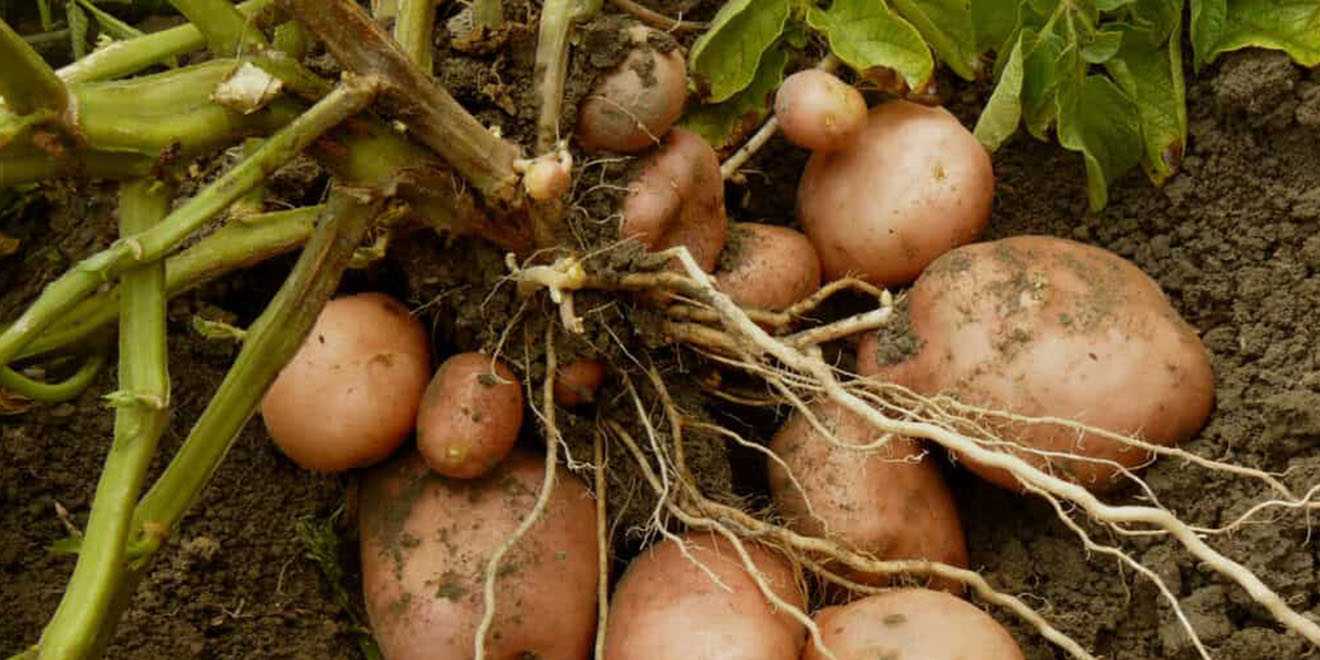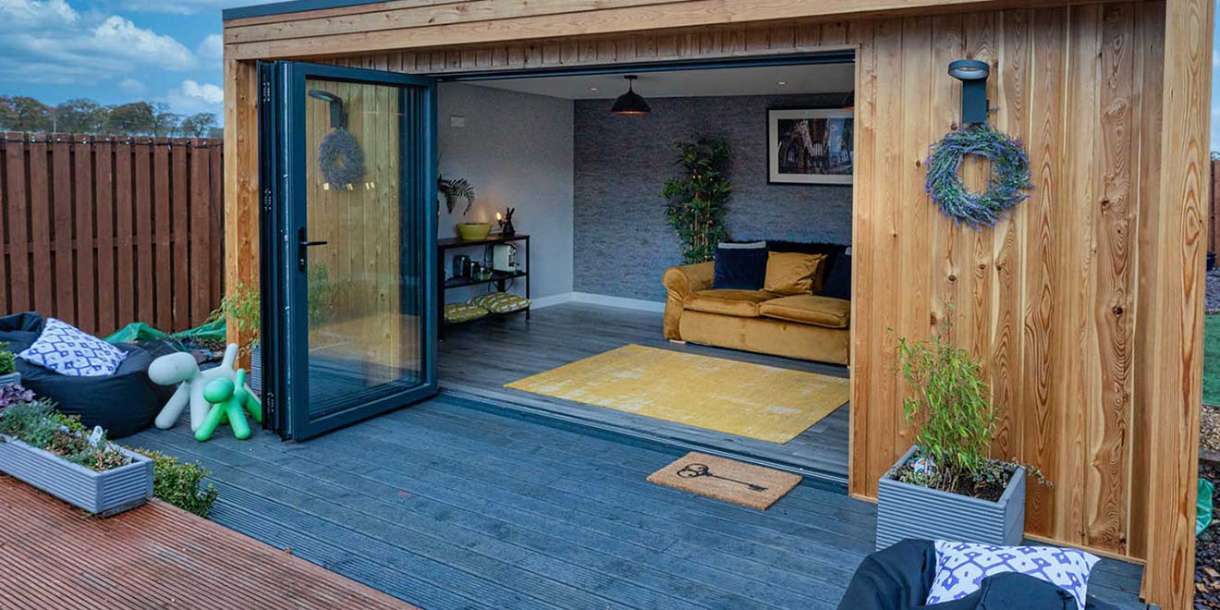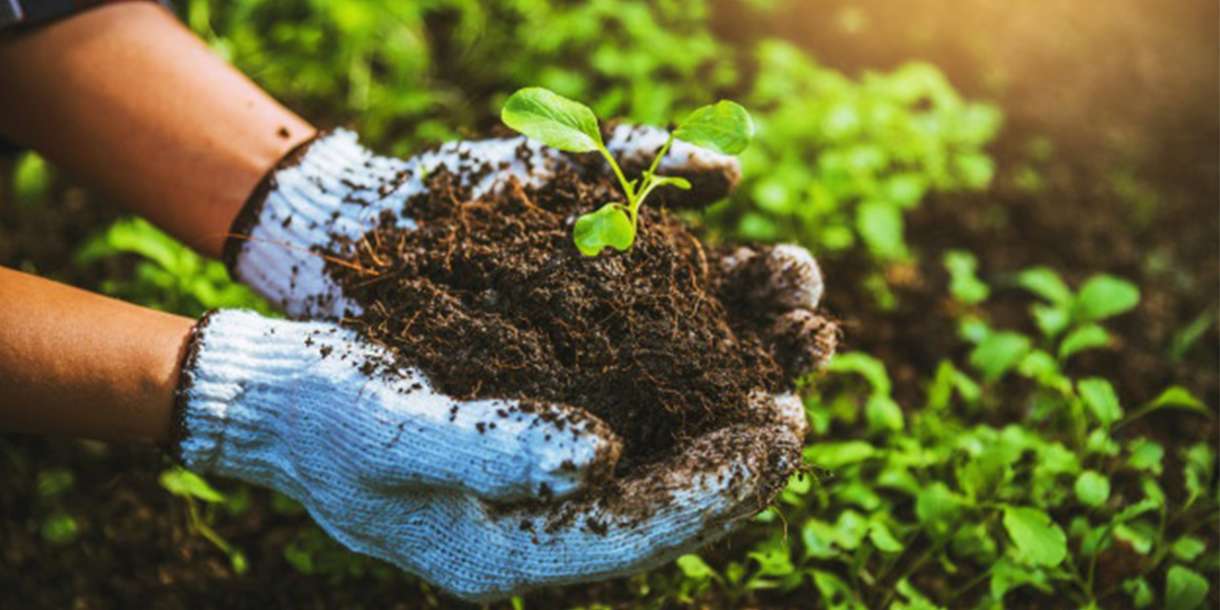
Grow Organic Potatoes
- by Zeeshan.Ali
- 3 years ago
- Home & Garden
Potatoes have always been a family favorite and for good reason. We associate them with Sunday dinners, Monday hash and home-made Saturday night fries. We love baked potatoes topped with homemade salsa and home-fries with salsa and eggs. We use diced potatoes with cheese and green chile as an enchilada stuffing. In the fall, we make a delicious cheese and mushroom tart with a potato crust. We’ve even been known to make a potato and onion pizza with rosemary. And yes, like everybody else, we love garlic mashed potatoes.
In these carbohydrate-adverse days, potatoes often get a bad nutritional rap. But they’re actually nutritionally valuable. Of course, all the potato commissions are going to sing their praises. And they can because potatoes are a good source of fiber (which slows down the digestion of their carbohydrates, a good thing), and an excellent source of potassium. They also contain B vitamins, vitamin A, minerals like zinc, iron, calcium and magnesium, and antioxidants. In fact, one medium potato with its skin can provide half of the recommended daily dose of vitamin C.
And there’s the problem. Commercially-grown potatoes carry more pesticides than most vegetables. And the remnants of those pesticides tend to stay where 20% of that Vitamin C and most of the fiber are: in the skin. The spraying of potato fields starts even before potatoes are planted. The seed potatoes are often sprayed with fungicides before being planted and the plants are sprayed again as they grow and are “hilled up.” Potato plants can be sprayed to kill off the vines before harvest and the harvested potatoes are often given another dose of fungicide before they are stored.
So, what can you do to enjoy potatoes without the worry? Sure, you can buy organic potatoes at your local farmers’ market or green grocer. But the best solution — and the way to take control of the situation — is to grow your own. Growing your own potatoes, not a hard thing to do, not only assures that the potatoes you feed your family were grown without pesticides, it allows you to sample a wide variety of tasty, heirloom potatoes not generally available in the market.
Potatoes are almost always grown from seed potatoes. Obtaining organic seed potatoes can be difficult (Planet Natural carries them — retail only!). Often times the best sources are neighbors and fellow organic gardeners in your locale. Experienced gardeners in your area will know what potatoes do best in your region and will have insight (and remedies) to the most common potato problems you might face in your area. If your local community gardening organization can’t recommend or supply seed potatoes, I’d recommend you turn a trustworthy supplier like the Seed Savers Exchange.
Potatoes prefer acidic soil, all the way down to a pH of 5.0. When we lived in the great Northwest, we used to mulch between our potato rows with cedar scraps and sawdust that we got from a local mill. But take measure of your soil before planting, adjust the pH accordingly, and also work some sand into the soil. Like carrots, potatoes like to grow tubers in soil that’s a bit sandy. Potatoes aren’t heavy feeders but a good dose of compost in your potato patch goes a long way towards keeping plants healthy and productive.
Gardening guides often suggest tubers be planted four to as many as six weeks before the last frost. That may be true if you soil has thawed and dried out, but don’t rush to get potatoes in the ground too soon. The more moisture there is in your soil, and the longer your seed potatoes are in the ground with all that dampness, the more chance there is you’ll lose some tubers to rot. Patience, as we often claim, prevents problems.
Patience might also improve your crop. Potato shoots won’t tolerate frost. If a late frost hits your potato plants, the plants will probably die back. This isn’t a complete tragedy; the shoots will reemerge and the potato plants will start anew. But the setback will not only result in later harvests but affect the size of the potatoes as well. Smaller in the potato world isn’t better. Soils deficient in calcium will also result in smaller potatoes.
If you’re growing potatoes in an area where you’ve had problems with fungus or disease previously, you might want to solarize your soil first, and kill off any harmful organisms in the top layer of ground before planting. Solarization on sunny spring days, though not as effective when temperatures climb during the summer, can still go a long way towards eliminating problems. Be sure to add compost to the soil after removing the solarizing plastic to reintroduce beneficial microbes that will also help your potatoes stay disease free.
To help your potatoes get a good start before you get them in the ground, bring them out of the root cellar or other cold storage where you’ve saved them and allow the eyes to spout in a warmer (but dark) environment. Do this before carving up your seed potatoes into pieces with two or three eyes each and planting them, cut side down a good four inches down. Planting them in trenches makes it easier to pile on more soil (to encourage more potatoes) once the sprouts have emerged. Some gardeners we know fill the trenches with straw and then heap on more straw as the plants grow. Weeds are never a problem with this technique.
Most garden books recommend at least 12 inches between plants, but we’ve had success planting them closer and in double rows no more than six inches apart. We’ve found that divided seed potatoes do better than small potatoes we’ve planted whole, but don’t know why. Anybody with a theory? We’ve also been known to take an organic potato or two from our pantry, divide them, and plant in our garden as well.
Planting potatoes in rows then “hilling” soil or crowding mulch up against the plants is the tried-and-true way of growing. Grouping potatoes in raised beds, as some of my friends have shown me, can also be effective. Urban gardeners have lately destroyed the old notion about not being able to grow potatoes in containers. Savvy growers are now harvesting potatoes from barrels growing them in buckets on their decks and porches, even growing them in bags.
We’ll deal with potato pests and other problems in another post, after we get our potatoes in the ground. And, come harvest time, we’ll discuss how to save your own seed potatoes (as simple as it sounds). Until then, how do your potatoes grow? We’re especially interested in bag, bucket and barrel experiences because — truth be told! — we’ve never tried them. Maybe you can convince us.











Leave A Comment